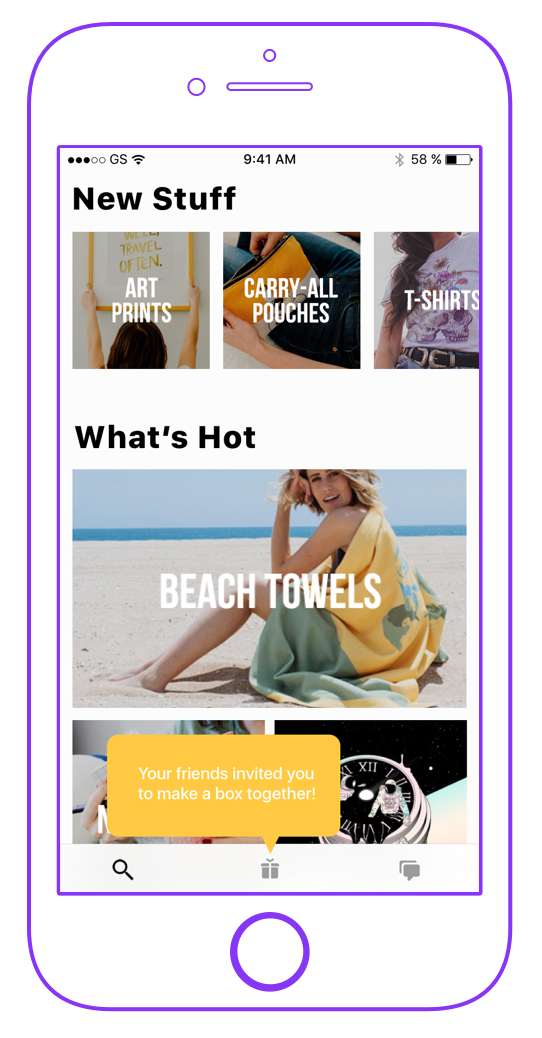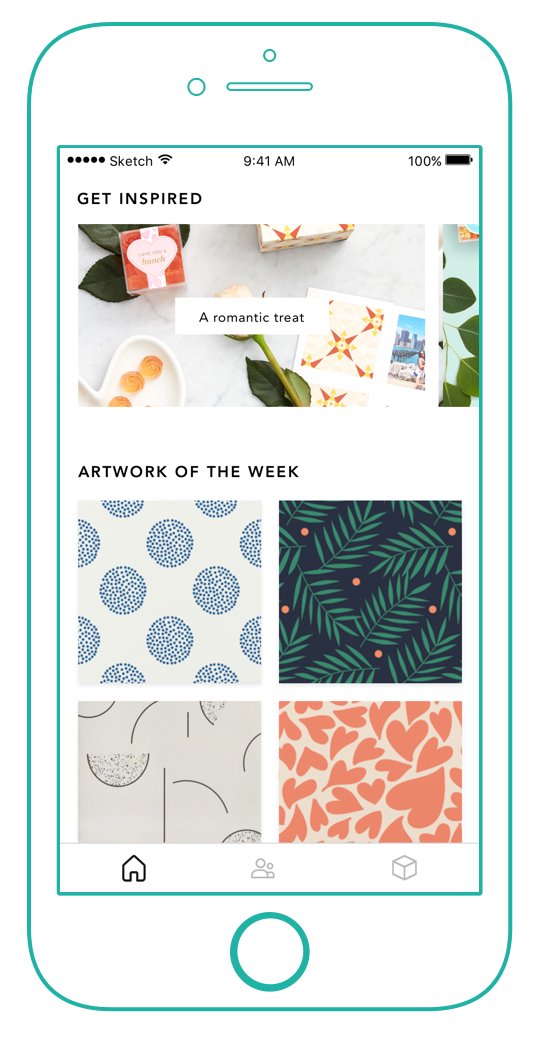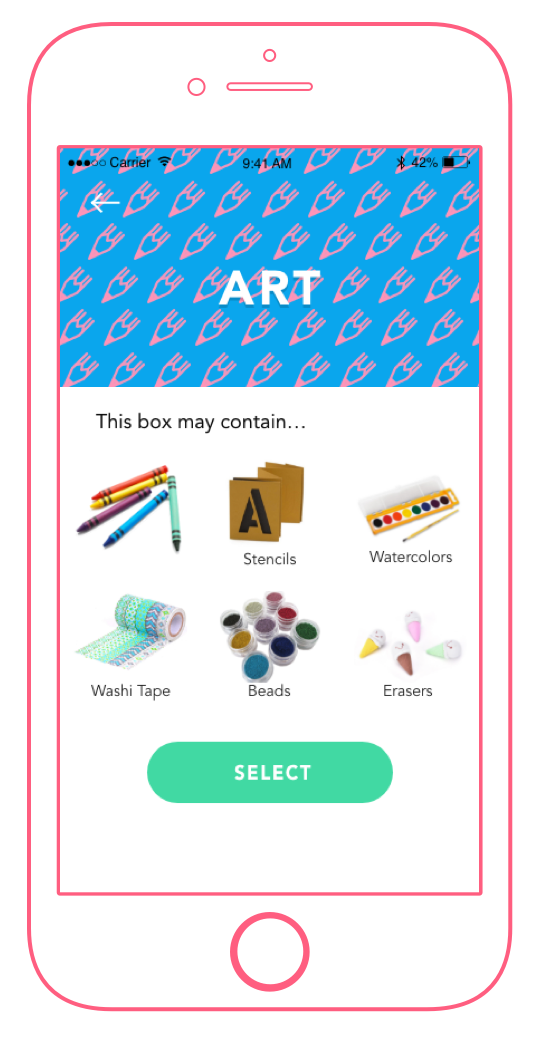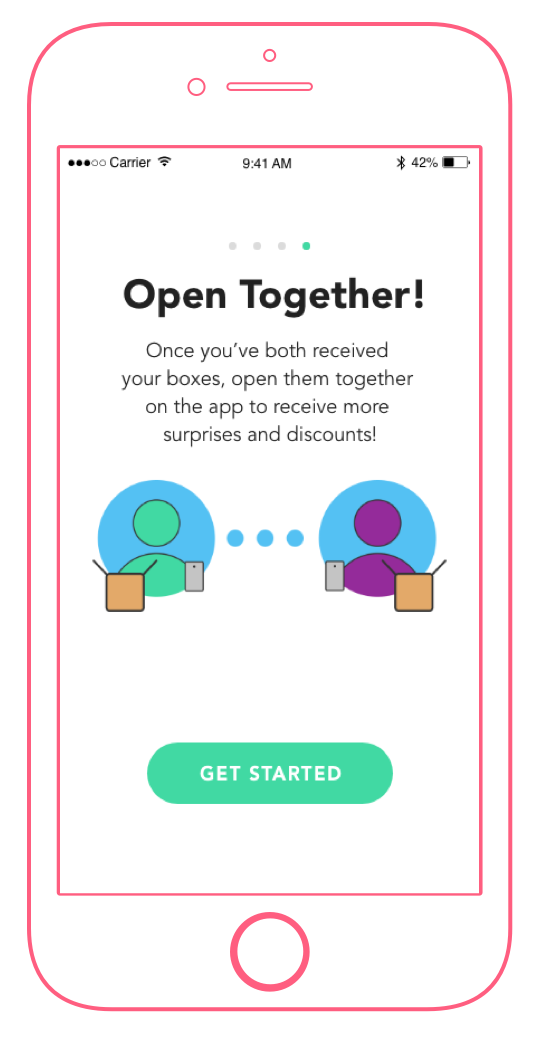Quotr
Prototypes
We created prototypes from the small and random gifting, collaborative customization, and microtransaction concepts. The strongest elements of these digital and physical experiences inspired some aspects of Quotr.
Collab-a-Gift
Curated Surprise Gifts



Overview
Collab-a-Gift is a mobile app which allows friends to add and customize items in a shared box. Each contributor can customize a specific quality of each item, but the final customized items are a surprise for everyone.
Goals
Our goal was to develop a fun, sticky, and collaborative mobile experience that will help close friends feel connected. The surprise aspect of the app encourages communication between friends about the items they’ve put into the box. Friends can work together collaboratively to build a box of semi-secret items, which then is sent to each member in the group.
What We Learned
People liked the novelty of this experience and felt like it was a cool concept. While they enjoyed customizing with friends, they felt that the “hidden item” feature seemed unnecessary. Furthermore, people didn’t see themselves using this app very frequently. They would only use this service for special occasions and holidays. Moving forward, we wanted to keep the collaborative qualities of this experience while moving away from the event-based behaviors and mindsets.
WeCard
Digital Cards Reimagined
Overview
The interactive e-card prototype allows a group of people to collaborate on a digital card. Users can vote on a design, then add comments, stickers, and special effects. The e-card is then sent to the recipient via email.
Goals
As we explored collaborating on physical gifts, we didn’t want to forget the digital space. Collaborative e-cards represent our foray into this area, as we took something that was innately digital and put a modern spin on it.
What We Learned
We found that people especially enjoyed reading and writing personal messages. Participants also expressed some interest in paying for premium designs, which is an opportunity to involve Zazzle’s designer network. However, most people associated “e-cards” with their grandparents. And even though the collaborative and interactive aspects of this eCard were promising, people still thought a physical card would convey more effort.
BoxIt
Art to Product



Overview
BoxIt allows people to browse highly curated artwork, with new content each week. They can see this artwork imposed over a number of consumable and inexpensive products. These products can be added to individual or shared boxes with friends.
Goals
We wanted to prototype an art-centric design to entice people to browse the app and engage more frequently, even when they don’t plan on buying anything. By offering a variable selection each week, we create a sense of exclusivity around the art and the products, encouraging people to add items to their boxes.
What We Learned
People liked the organization aspects of boxes and felt like they could use different boxes for different occasions. In addition, they identified several use cases, e.g. for college students with large friend groups. The main issue revolved around frequency of use and engagement. People felt that seeing products in addition to the artwork would give them more reasons to browse.
How we iterated on quotr


